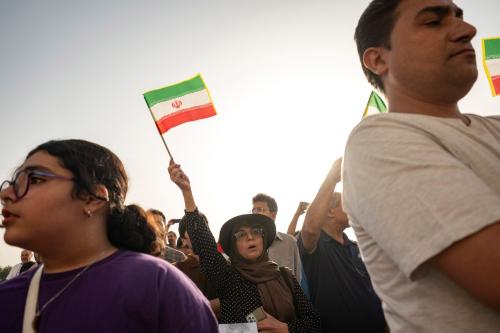Introduction
1. Present and Future of the Security Environment in Northeast Asia
A. Security Situation in the Region
Northeast Asia has a quarter of the world’s population, and is a region where the interests of powerful nations such as the United States, Japan, China and Russia collide with one another. In addition, the strategic importance of this region grows further with China’s continued economic growth, Korea and Japan’s economic development, and the economic recovery and political stabilization of Russia. If current trends persist, Northeast Asia will, by the year 2020, produce one-third of the world GDP, and become one of the three centers of politics, economic activity, and military powers along with America and Europe.
On the other hand, amidst the concentration of the world’s strongest military powers, the military conflict between North and South Korea continues to exist. Also, as each country in Northeast Asia pursues its national interests and strives to increase its influence in the region, mutual restraining and conflicts are increasing. By strengthening their security alliance, the United States and Japan have declared that they will confront any potential security threat together. In response, China and Russia have developed their relationship to the strategic status of a quasi-alliance. Given these circumstances, the order in Northeast Asia is evidently strongly influenced by geo-political and military factors rather than geo-economic factors.
The Brookings Institution is committed to quality, independence, and impact.
We are supported by a diverse array of funders. In line with our values and policies, each Brookings publication represents the sole views of its author(s).


